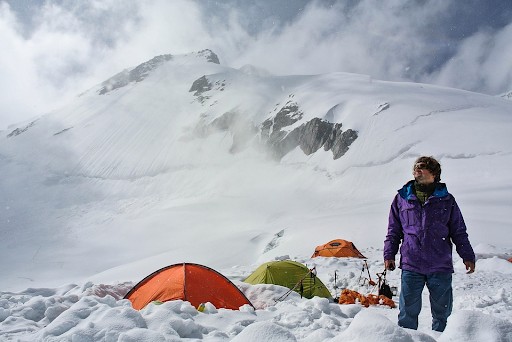
Winter Camping Checklist to Help You Keep Safe and Warm
The winter sky is pretty as the stars seem to shine brighter. So, instead of shutting down yourself at home, you should set up your camp outdoors and enjoy the serene view.
As Daniel. J. Rice put it, “The outside is the only place we can truly be inside the world.”
But camping can seem challenging especially in the cold air. To help you keep safe and warm in the chilling weather, I’ve compiled this winter camping checklist.
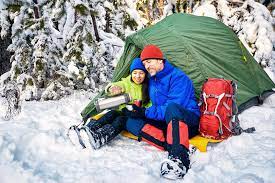
Clothing
When dressing up for a winter camping trip, you should be layered up in breathable materials.
Base Layer
Being the most intimate layer, the base layer prevents the body heat from escaping. It doesn’t have to be too thick as the other two layers surround it.
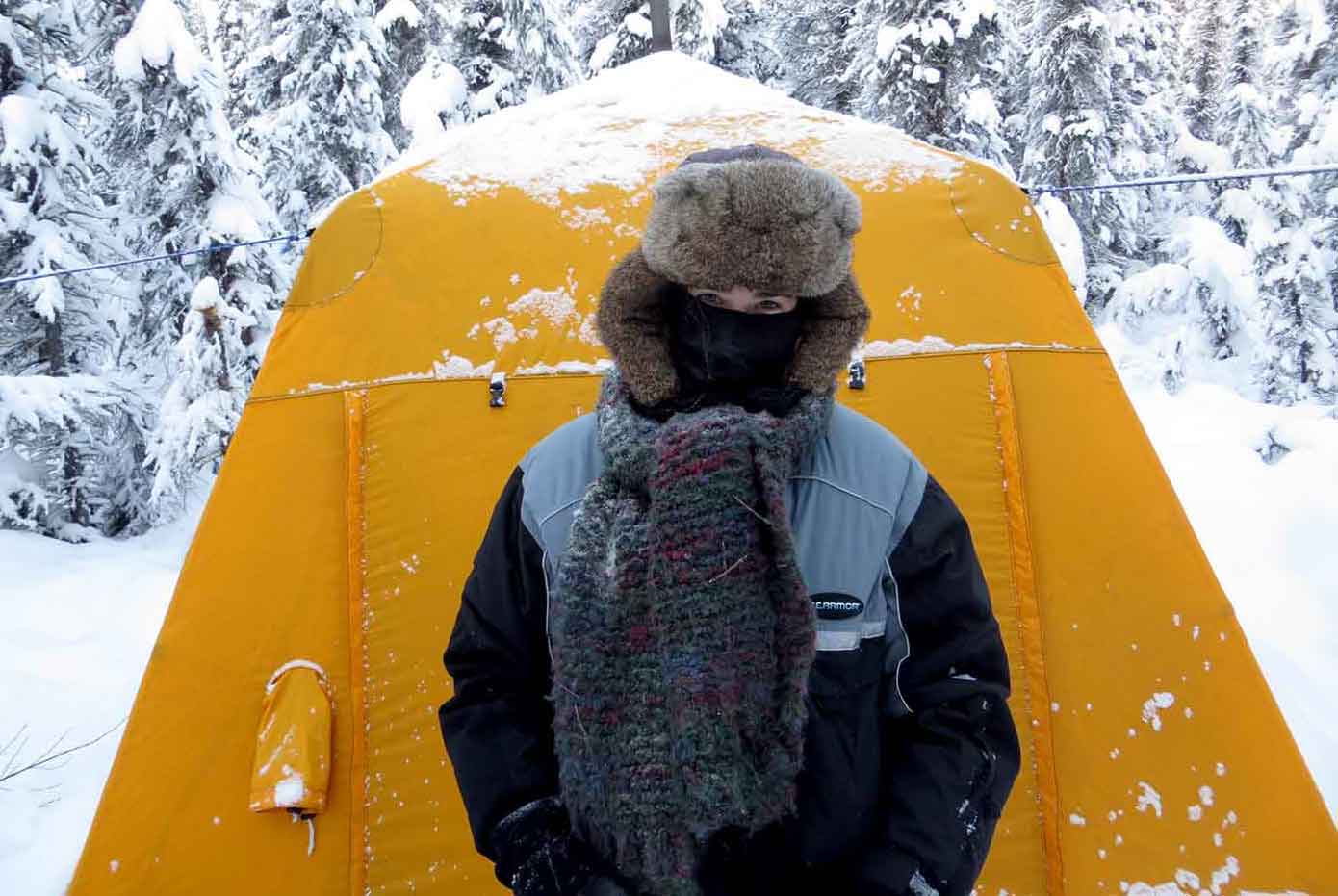
Middle Layer
A merino wool top paired with a pair of synthetic hiking trousers will make a good middle layer. The middle layer can make it or break it. So, opt for materials with efficient insulation.
Outer Layer
The outer layer should be waterproof to prevent the inner layers from getting damp in the snow. This also protects you from wind and rain.

Footwear
Choose insulated boots with thick soles. They must be light and comfortable on your feet. Wear merino wool socks and bring a spare pair.
Accessories
You can include some of these to complete your outfit:
- Cashmere Gloves
- Balaclava
- Gaiters
- Goggles
- Beanie
- Scarf
- Leg Warmers
- Ear Muffs
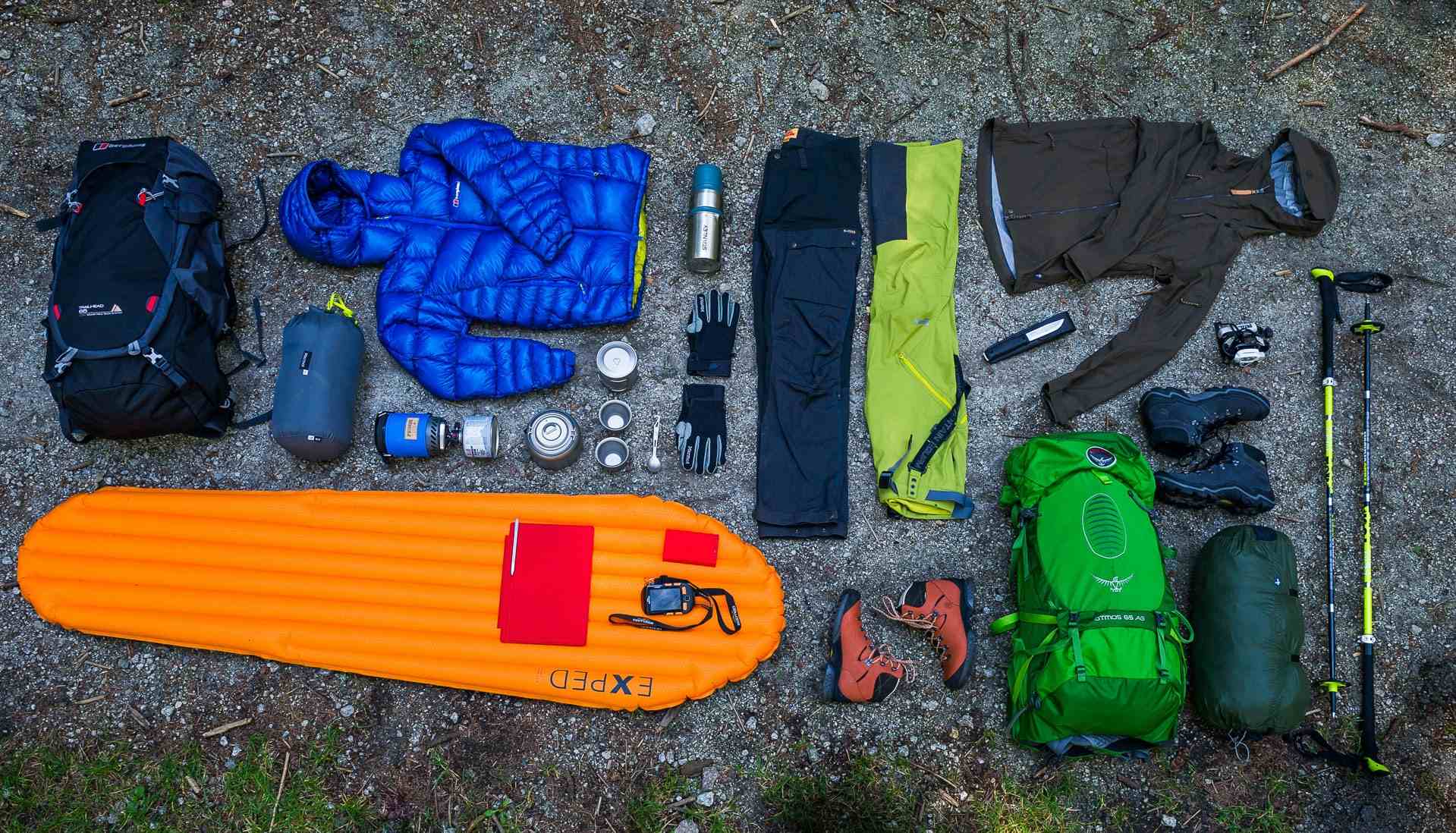
Toiletries
The list can vary from person to person but don’t miss these staples:
- Toothpaste
- Toothbrush
- Floss
- Multi-purpose Soap
- Face Wipes
- Shampoo
- Lip Balm with SPF
- Moisturizer
Shelter
4-season tent
4-season tents are made of durable materials so as to withstand extreme conditions like heavy snowfall and strong winds. They’re also more spacious than regular tents. Check out my article on best camping tents to learn more.

Sleeping Bag
Sleeping bags for winters come with extra insulation and therefore weigh more. Down bags are more compressible than synthetic bags, but this means they can easily lose their thermal properties.
Insulated Sleeping Pad
To sleep sound, pair your sleeping bag with a well insulated sleeping pad. Look for a pad with a high R-value. R-value indicates to what extent a pad prevents heat loss from your body.

Camping Chairs
When it’s not snowy, you may want to step out of your tent to sit back and relax. Foldable camping chairs equipped with heating technology are your best bet. Or if you already have normal camping chairs, buy heated-add-ons for them.
Tent Repair Kit
Check your tent a day or two before your camp and ensure it’s perfect. However, minor leaks and tears may show up while you’re camping. So, it’s safe to bring a basic tent repair kit including some spare pegs.
Cooking
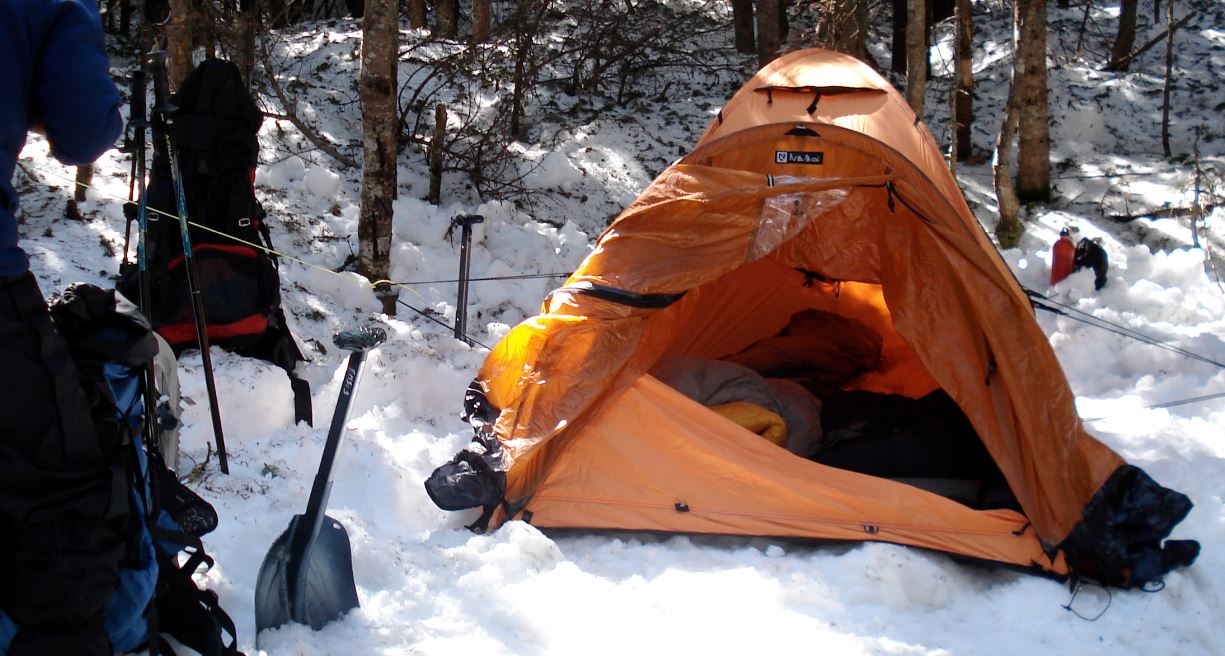
Camping Stove
Cooking in a camp is fun and something everyone must experience. Whether you want to make a piping hot herbal tea or cook pasta with salmon, a liquid fuel stove can do it all even in ice-cold weather.
Cooking Fuel
The estimation of liquid fuel consumption is easy and accurate. Therefore, you don’t have to overload. But if you’re opting for canister fuel, isobutane and propane are better for winters.
Lighters
Consider using a refillable and weather-resistant lighter. There’s no harm in bringing a box of waterproof matchsticks along with the lighter.
Cookware
Bring only those utensils you’d actually use. Cast iron pans and steel pots are ideal due to their durability. You can also bring a French press and a Dutch oven.
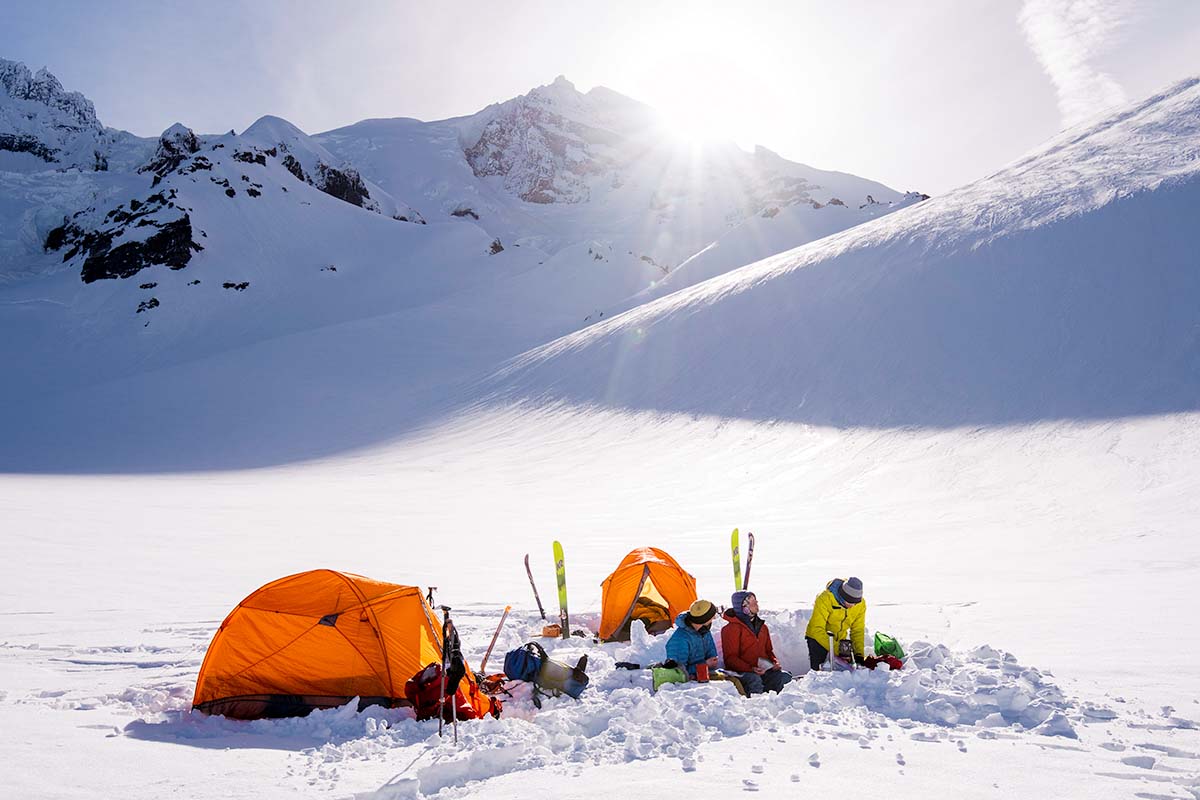
Reusable Dinnerware
Ditch those paper plates and cups. With reusable dinnerware, you don’t have to compromise on comfort or worry about breakage. They’re ultralight, easy to clean, and eco-friendly.
Ingredients
Packing ingredients for your recipes should be easy if you’re clear about what meals you’d be cooking on each day of your camp. And do pack generous quantities of seasonings. They’re lightweight anyway.
Camp Sink
Unless your DIY skills are on point and you can build a washbasin from scratch within an hour, you’re better off bringing a portable camping sink with faucets.
Trash Bags
Don’t ever leave a campsite messy. Be polite to nature and other campers who might come later to the same site. Bring trash bags to dispose of kitchen waste. You can use a trash can with a lid to keep your camp free from flies and insects.
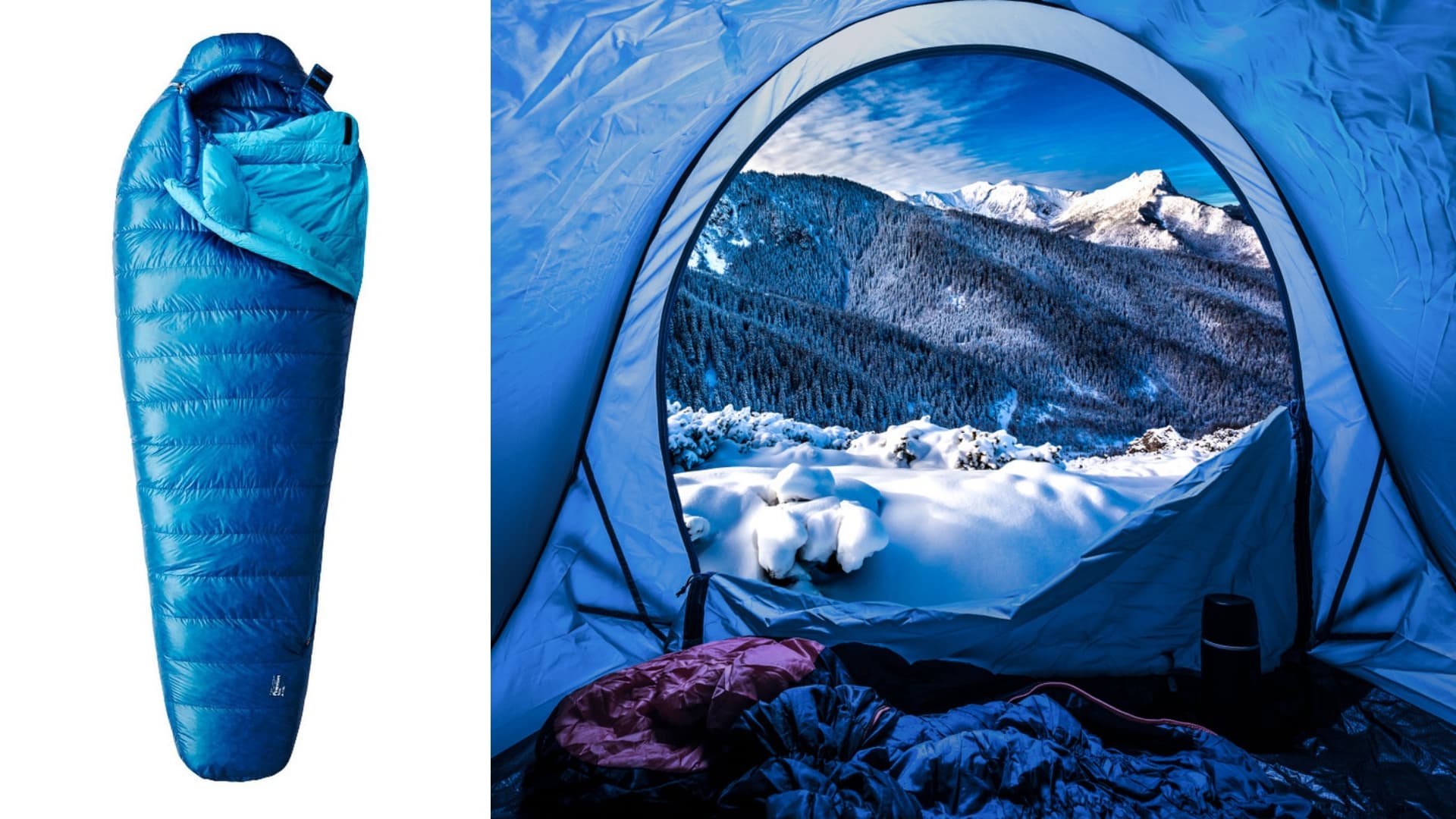
Portable Campfire
What’s a camp without a warm campfire? Instead of struggling to find wood for your campfire, buy the one that comes in a box. It keeps you warm while you can roast some marshmallows over it for an evening treat. Portable campfires are usually made of soy wax and give less soot.
Water Bottles
Even though you’re not thirsty in winters, it doesn’t eliminate the importance of staying hydrated. Bring water bottles preferably made of stainless steel. Plastic bottles aren’t recommended because they can melt when you pour hot water.
Safety
First-aid Kit
When you’re in a remote area, finding medical help will take longer than usual. But considering how accidents are common while camping, you must be prepared with a well-organized first-aid kit.

Multitool
If you have to carry all the tools needed on the campsite, your shoulders would droop from the load. Can opener, screwdriver, pliers, tweezers, tongs, hammer – well, a multitool has all of them and it fits in your pocket.
Lights and Batteries
With no other source of light nearby, the nights can be pitch dark and gloomy. Flashlights are great for you to carry around, but lanterns work the best for large spaces.
Portable Locator Beacon
Mobile connectivity at campsites is unreliable. So, a portable locator beacon will come in handy. You can bring a registered PLB to send SOS messages to nearby search and rescue teams in emergencies.



